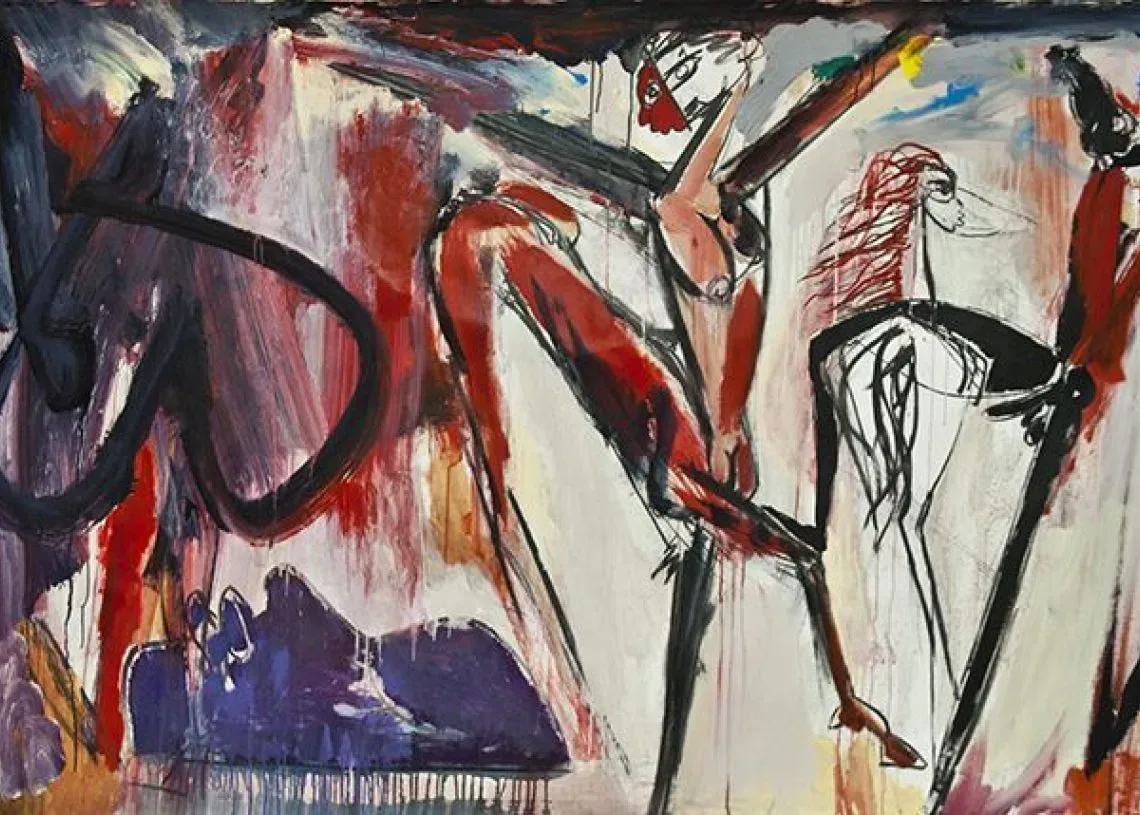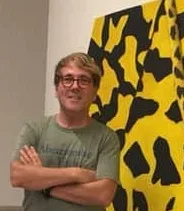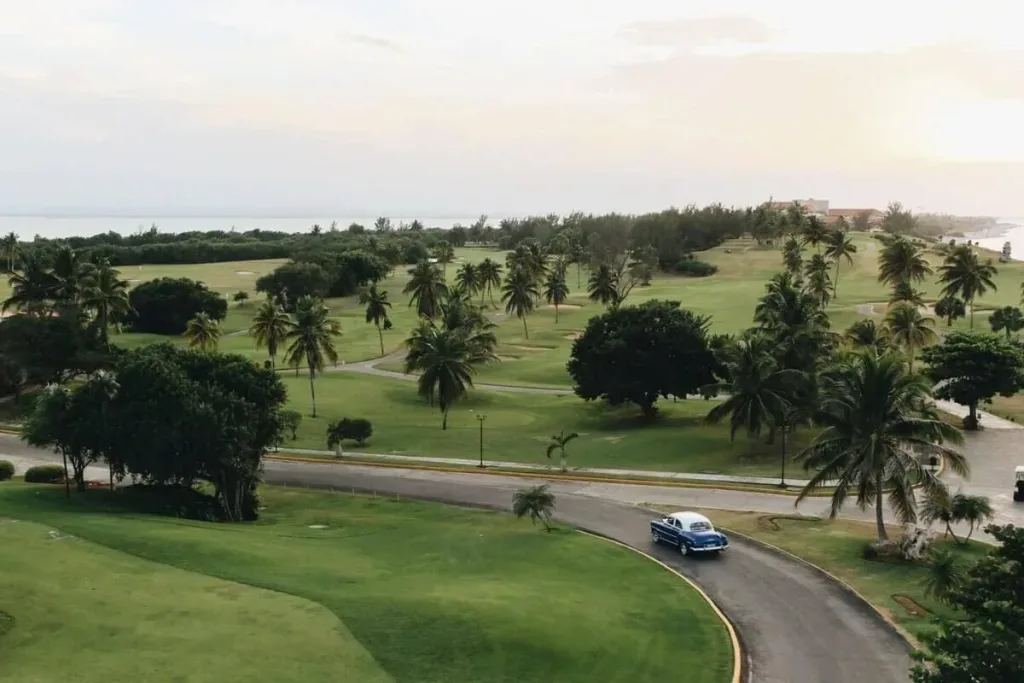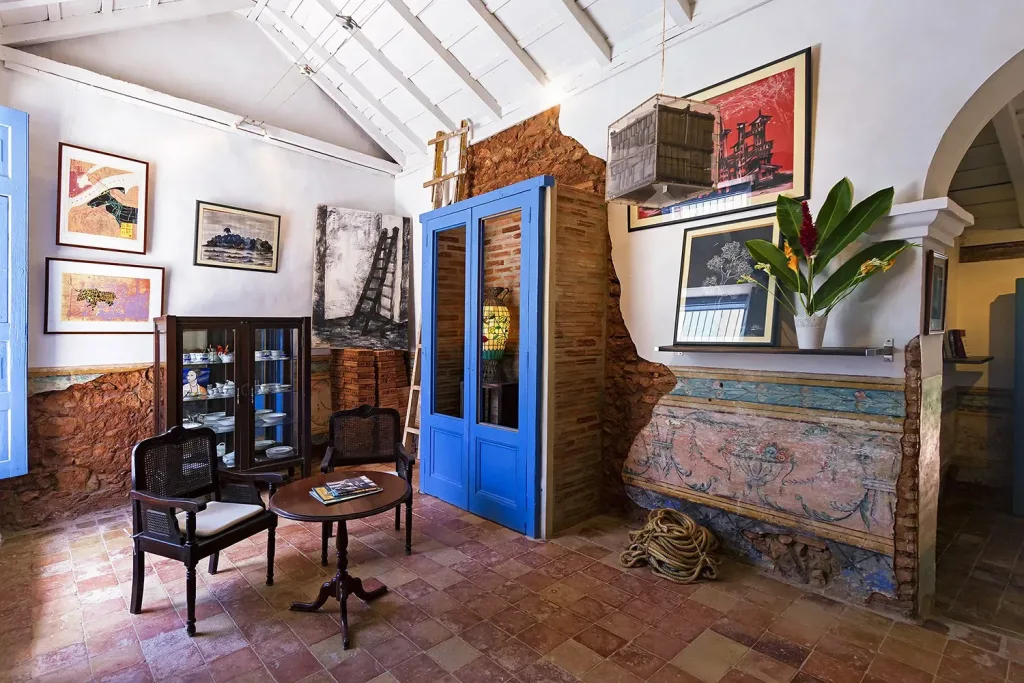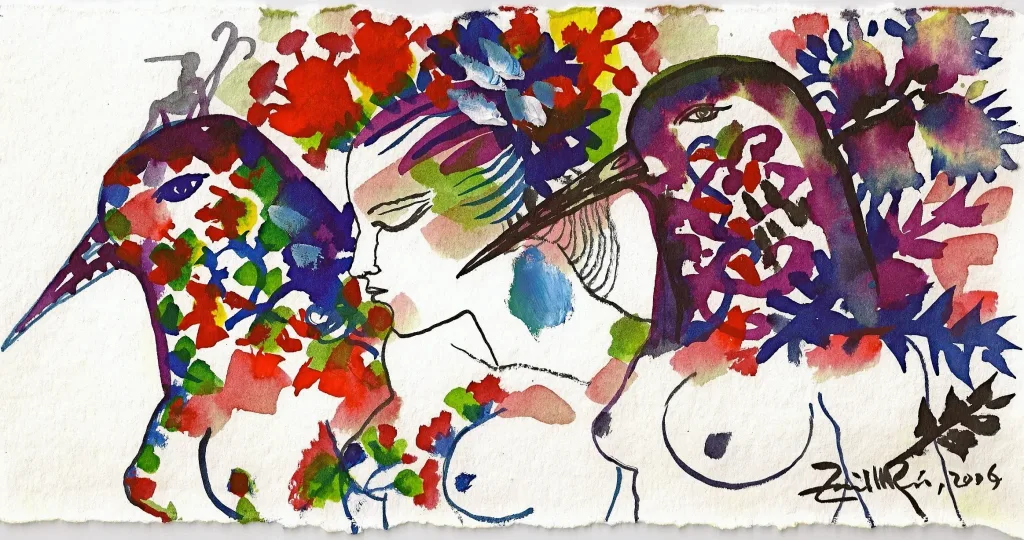Alberto Lescay (Santiago de Cuba, 1950), is a contemporary Cuban creator who has authenticated the language of forms and colors.
To describe him it is necessary to highlight, first of all, the autochthonous source of his art, that threads and acquires personal sense in the sculptor, painter and draftsman. Lescay is the creator, among many other works, of the equestrian figure of the Antonio Maceo Monument Square (he is also the director of the multidisciplinary team of this project); the bust of the Haitian national hero Toussaint Louverture, at the beginning of Las Americas Avenue; both in his native city; as well as tens of other works in Cuba and in other countries. In 1995, he created the Caguayo Foundation for Monumental and Applied Arts in Santigo de Cuba, and he is its president.
In painting, he leaves his mark in very Cuban subjects, close to our roots, and where his visions of magic/rites sit in a personal way. Sculpture and painting have moved, in time, within the creative perspective of Lescay; sculpture, though volumetric, has had certain gesture features like his pictorial work.
An external changing world is represented in his work, which constitute an answer to intimate obsessions, and a reflection about the vital space of the human being. From his two-dimensional and volumetric work (sculptures in bronze), feelings and pleasures emerge, in addition to the characteristics of a work in which there has been an approach to Voodoo, to the roots of our nationality; although the favorite themes that have marked his sensibility through the years have been the human problems, in the universal terms. As he paints mostly the spirit, the internal, sometimes figures appear, compositions inclined towards the abstraction that become slightly surrealistic; or some environments that offer at the end what he perceives: painting sensations, recreate them, something that is in communion with man from the point of view of his enjoyment and his spiritual world. Therefore, sometimes he approaches his palette to the magic/religious, and some other times to the timeless forms which are in the space, since he has never favored a specific theme.
There are, it could be said, three Lescay: the one who studied in the National School of Art (ENA), the other who was graduated at Repin Academy of Saint Petersburg (Russia, 1979), and the present one, who mixes in his style the gestures, an approach to abstract expressionism, the unconscious direction to the creator act, and, at times, an emotional chromatic distribution. Although recently his shades have been more festive; not to the point of giving color for no reason, but to move closer to the Caribbean, because for him, “the Caribbean is not in the shades but in the atmosphere it is transmitted”. That is the reason why the rather dark colors with certain lights characterize his creations. There is a sort of course correction, as the renowned artist himself says.

